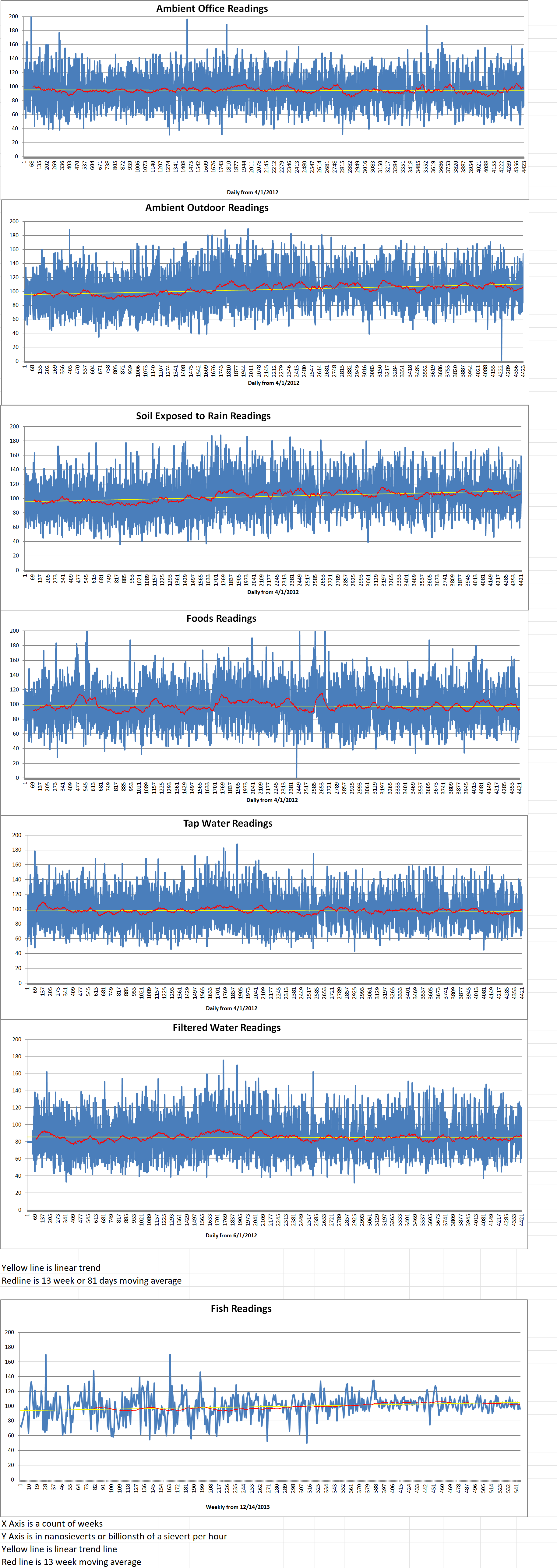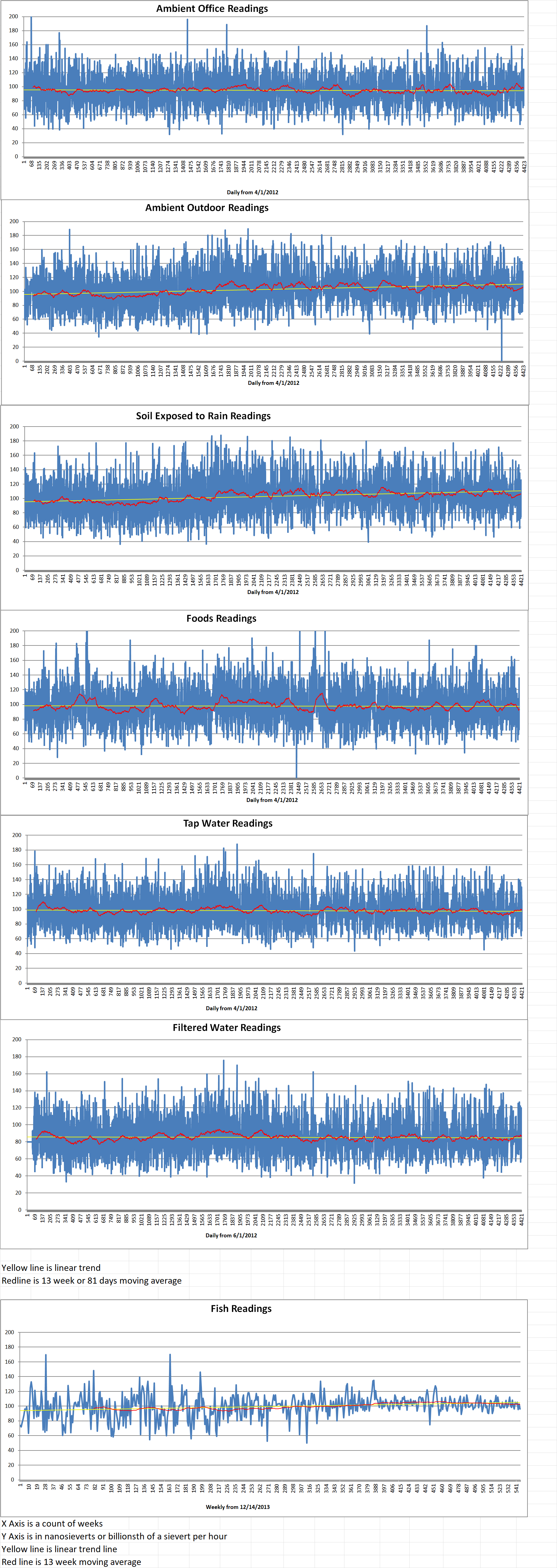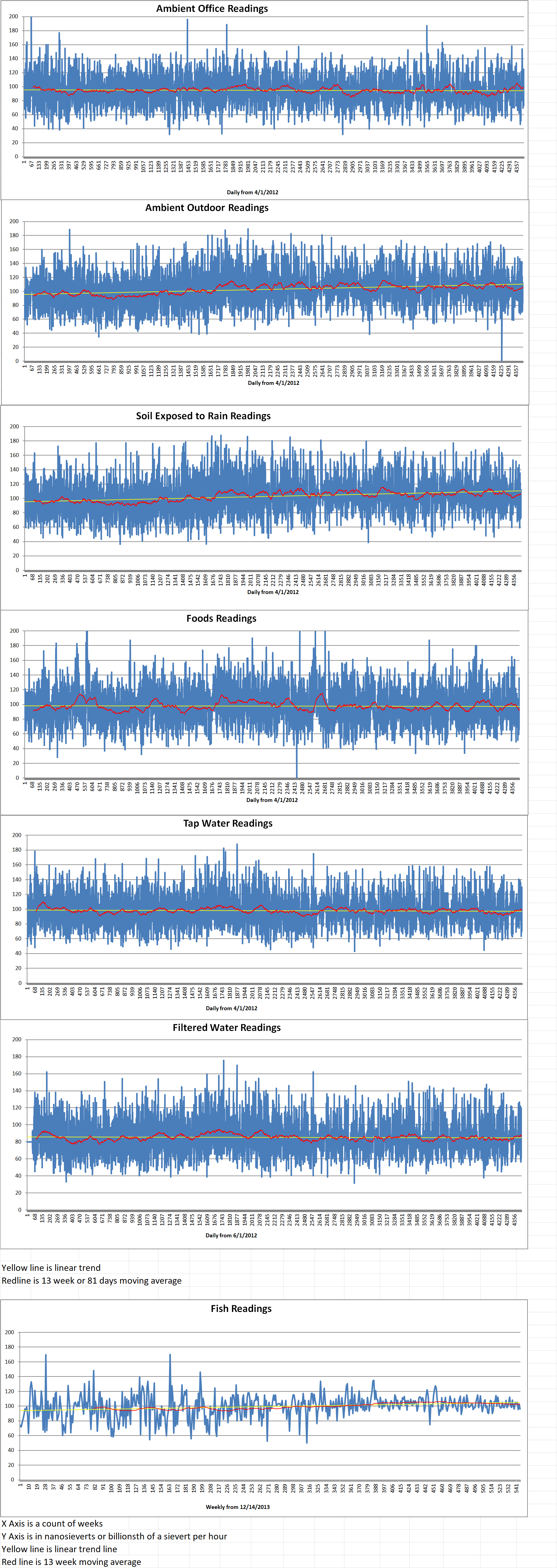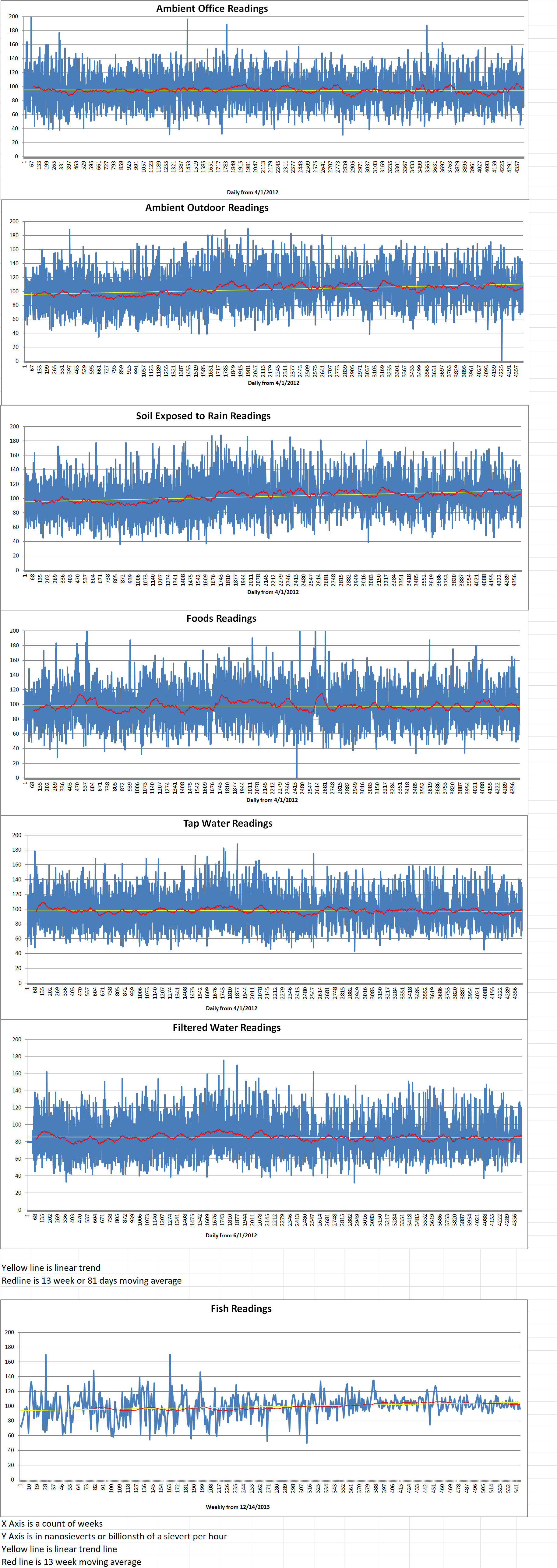As global energy rises, both public institutions and private companies have increased their efforts toward nuclear fusion. Acceleron Fusion is a start-up working on muon-catalyzed fusion energy. The fusion energy firm has recently secured twenty-four million dollars in funding to develop a revolutionary approach to clean energy production. The funding follows a major technical milestone that was achieved by Acceleron in October.
The company successfully operated its experimental fusion reactor with highly compressed deuterium-tritium (DT) fuel for twenty-eight continuous hours, following over one hundred hours of testing with deuterium. This achievement signals significant progress toward demonstrating the viability of muon-catalyzed fusion as a clean and abundant energy source.
Acceleron Fusion is working on a radically different reactor design from many other companies working on fusion energy. The company is not using the extremely high temperatures that are common in fusion experiments. Instead, Acceleron is working on a method that uses much lower temperatures. Their new method utilizes particles called muons.
Muons are similar to electrons, but they are about two hundred times heavier. They are produced when protons and neutrons collide. This creates particles called pions which then decay into muons. Muons can be generated artificially by firing an ion beam from a particle accelerator into a target which is typically made of carbon or some metal.
When a beam of muons is directed at a highly compressed pellet of deuterium and tritium, the muons facilitate fusion reactions at temperatures much lower than those required in traditional fusion reactors.
Traditional fusion approaches, such as magnetic confinement and inertial confinement, require enormous heat to create plasma. This plasma must then be contained and compressed with powerful magnets or lasers, which are complex and energy-intensive.
Acceleron’s technology bypasses these requirements by operating below one thousand eight hundred and thirty-two degrees Fahrenheit. Operating at this cooler temperature potentially offers significant advantages in efficiency and safety.
According to a company in a press release, “Traditional fusion machines require extreme temperatures of one hundred and eighty million degrees Fahrenheit. Acceleron’s technology uses muons to achieve fusion reactions at temperatures below two thousand degrees Fahrenheit.”
However, muon-catalyzed fusion presents a number of unique challenges. Particle accelerators which are used to generate muons, consume a lot of energy.
The company added that “In the mid-1980s, several groups worldwide demonstrated more than one hundred fusion reactions per muon, raising the possibility that the process could be used to generate energy. However, calculations done at the time concluded that it would take more energy to power the muon source than could be released by the fusion.”
In order to achieve net energy gain, each muon must catalyze many fusion reactions. Furthermore, muons are short-lived, and they decay in just two and two tenths microseconds. About one percent of the time, they stick to other particles produced during fusion and become unusable.
The press release added that “Acceleron is developing an intense, high-efficiency muon source to produce beams of muons using significantly less energy than current facilities, and a high-density fusion cell to allow each of these muons to catalyze larger numbers of fusion reactions.”
To increase the number of fusion reactions per muon, Acceleron compresses the fuel in a diamond anvil to pressures between ten thousand and one hundred thousand pounds per square inch. This is far beyond the pressures that they used in previous experiments.
Acceleron Fusion is not the only company working on nuclear fusion energy research. A number of other companies across the world have been testing several different approaches, including magnetic confinement fusion, inertial confinement fusion, and even other variations of muon-catalyzed fusion. However, according to experts, it might take many more years before fusion power becomes a reliable source of energy.
Blog
-

Nuclear Fusion 97 – Acceleron Fusion Researching Low Temperature Muon Catalyzed Fusion
-
Nuclear News Roundup Dec 10, 2024
Entire nuclear triad being recapitalized minotdailynews.com
USTDA Partners with Bulgaria on Nuclear Safety bg.usembassy.gov
Switzerland plans revamp of Cold War-era nuclear bunker network reuter.com
-

Geiger Readings for Dec 10, 2024
Ambient office = 129 nanosieverts per hour
Ambient outside = 154 nanosieverts per hour
Soil exposed to rain water = 159 nanosieverts per hour
Avocado from Central Market = 71 nanosieverts per hour
Tap water = 120 nanosieverts per hour
Filter water = 106 nanosieverts per hour
-

Nuclear Fusion 96 – Pacific Fusion Researching Unique Design For Fusion Reactor
Nuclear fission reactors already provide air-pollution-free power from 54 plants in 28 states. The locations account for just more than eighteen percent of the electricity generation in the U.S. However, the plants produce long-lasting radioactive waste. Rare and well-publicized meltdowns are also possible in nuclear fission reactors, but they are rare.
Physicist Amory Lovins is the co-founder of Colorado clean energy think tank Rocky Mountain Institute, He said that fission nuclear plants are increasingly costly to develop. He added that sun and wind projects are better choices for grid-level energy production.
Fusion is put forward by proponents as a nuclear solution that addresses most of the concerns. Fusion combines the nuclei of atoms to make energy, while fission splits them apart. Both reactions happen by slamming two nuclei together as part of a process involving enormous speeds and temperatures.
Pacific Fusion is a startup researching nuclear fusion founded by Eric Lander, Will Regan, Keith LeChien, Carrie von Muench, and Leland Ellison. They say on their website that “Fusion is what powers the stars, where hydrogen is squeezed into helium … Fusion could be the ideal power source — emitting no CO2, requiring far less materials and land than other power sources, and offering billions of years of nearly free, globally accessible fuel. The challenge is making affordable systems to use that fuel.”
Pacific’s fusion reactor looks a quite different than the typical doughnut-shaped tokamaks being developed by experts in southern France and elsewhere to safely contain fusion reactions. Pacific’s device is made of rows of stacked tubes angled toward a dome-shaped chamber at the center, according to a company-published artist’s drawing.
In the Pacific fusion reactor, electromagnetically compressed energy pulses at 100 billionths of a second are of being sent through transmission lines, where they are coupled by two electrodes before hitting a small container of deuterium-tritium fuel. Once there, they causes a crucial fusion reaction.
Pacific claims that it uses “established science” and “proven engineering” vetted by experts in government labs. The company started the effort to bring the pulsed magnet fusion concept to market in 2023 after realizing its viability with low-cost materials and maintenance.
The founders wrote that “Our fuel is vastly cheaper than fossil fuels, even accounting for consumables such as fuel containers.”
If the Pacific design can be safely scaled, the energy source could increase the country’s share of power produced with little or no heat-trapping fumes, resulting in planetwide benefits.
The National Oceanic and Atmospheric Administration reports that air pollution can dissolve into seawater, causing acidification that harms marine life. That is a serious problem because seafood feeds about three billion people worldwide. The industry also provides an income for up to twelve percent of the world’s population, all noted by the Nature Conservancy.
In the short term, people can help reduce pollution by switching to LED lights, which produce five times less planet-warming fumes than traditional bulbs. This easy upgrade can save six hundred dollars per year when forty bulbs are replaced in the average house.
Eventually, LEDs may be powered with help from energy pulses and fusion reactions. The Pacific team has nine hundred million dollars in funding from investors to support its work, with the goal of building a device that creates more energy than is needed to operate, according to the company.
The founders wrote that “We have a clear path toward achieving these goals, and we’re well on our way to completing our first major milestones.” -
Nuclear News Roundup Dec 09, 2024
UK assessment of BWRX-300 progresses to second step world-nuclear-news.org
Rosatom starts reactor tests aiming to increase nuclear fuel enrichment world-nuclear-news.org
UK to develop transport capability for HALEU world-nuclear-news.org
Australian Opposition Goes Nuclear, $211 Billion Plan Could Open Doors For Uranium Miners finance.yahoo.com
-

Geiger Readings for Dec 09, 2024
Ambient office = 121 nanosieverts per hour
Ambient outside = 129 nanosieverts per hour
Soil exposed to rain water = 126 nanosieverts per hour
Tomato from Central Market = 95 nanosieverts per hour
Tap water = 97 nanosieverts per hour
Filter water = 83 nanosieverts per hour
-
Nuclear News Roundup Dec 08, 2024
Top 5 Nuclear Powers Convene to Discuss Nuclear Doctrines al24news.com
Grossi restates key role for IAEA, after agency vehicle hit by drone world-nuclear-news.org
LIS Technologies and NANO Nuclear Energy are One of Six Awarded U.S. Department of Energy globalnews.com
Joe Biden Under Pressure To Take Away Donald Trump’s Nuclear War Power newsweek.com
-

Geiger Readings for Dec 08, 2024
Ambient office = 92 nanosieverts per hour
Ambient outside = 97 nanosieverts per hour
Soil exposed to rain water = 93 nanosieverts per hour
Red bell pepper from Central Market = 66 nanosieverts per hour
Tap water = 111 nanosieverts per hour
Filter water = 94 nanosieverts per hour
-
Nuclear News Roundup Dec 07, 2024
New Energy Policy Will Set Nuclear Share Target Of 20% By 2040 nucnet.org
Carbon-14 diamond battery is world first, say UK scientists world-nuclear-news.org
AtkinsRéalis selected for Energy Northwest SMR project world-nuclear-news.org
Russia’s Naval Nuclear Forces Modernized and Fully Prepared, Commander-in-Chief al24news.com
-

Geiger Readings for Dec 07, 2024
Ambient office = 89 nanosieverts per hour
Ambient outside = 112 nanosieverts per hour
Soil exposed to rain water = 112 nanosieverts per hour
Mini cucumber from Central Market = 100 nanosieverts per hour
Tap water = 71 nanosieverts per hour
Filter water = 61 nanosieverts per hour
Dover Sole from Central = 96 nanosieverts per hour
